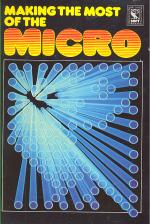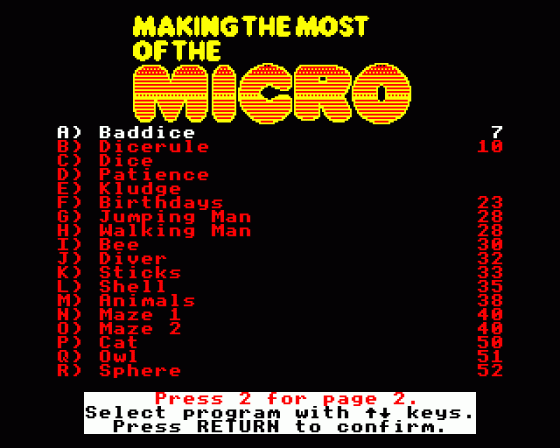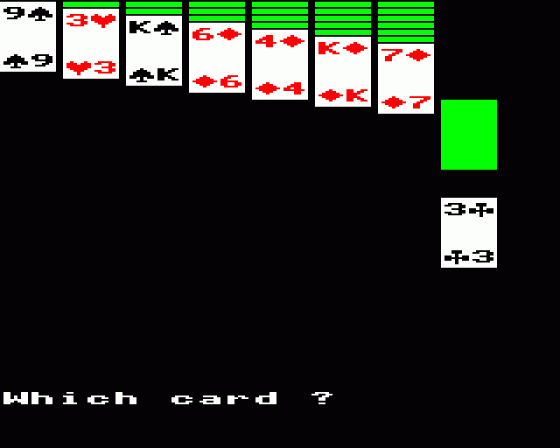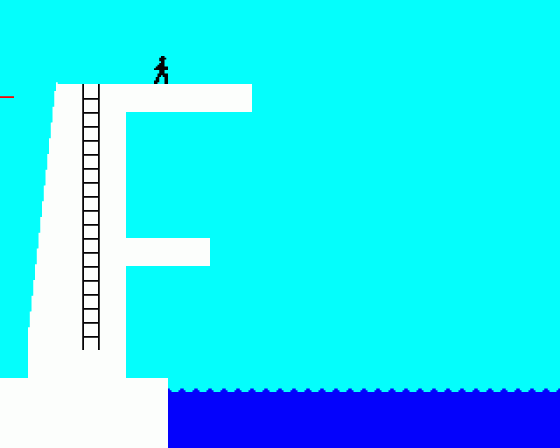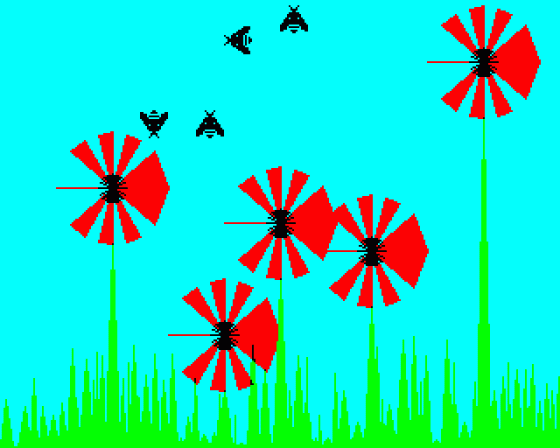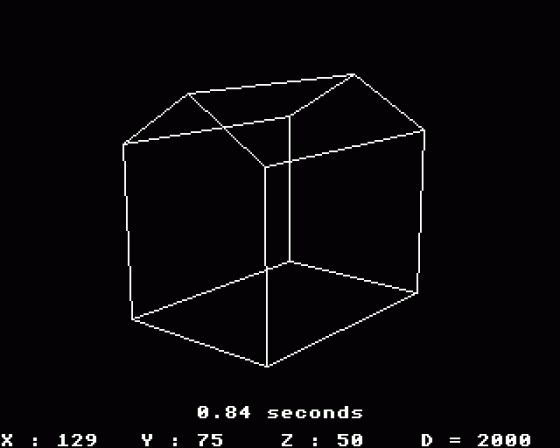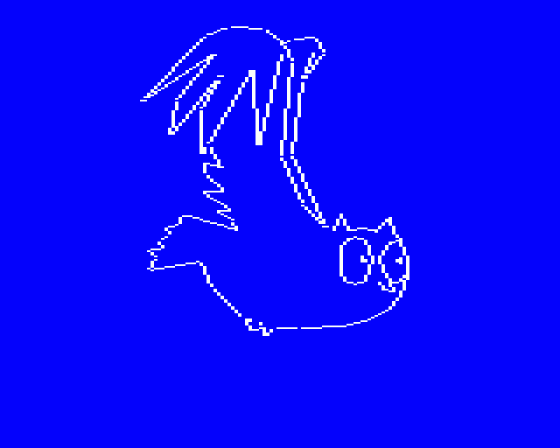
A&B Computing
 1st July 1984
1st July 1984
Categories: Review: Software | Review: Book
Publisher: BBCSoft/BBC Publications
Machine: BBC Model B
Published in A&B Computing 1.08
Is it a book or is it software? It doesn't even come under the new category of "Bookware". In fact, whatever category Making The Most falls into, there is no doubt that the BBC do an excellent job of backing up their television series, part of the ambitious Computer Literacy scheme. They must take some of the credit for the high number of home computers per head of population in this country. There are so many micros being made that we even have a chip shortage.
Making The Most (book and tape) takes its themes from topics covered in the recently repeated series (and available on video in America). The idea is to explain some of the more advanced aspects of microcomputers through simple programming demonstrations often combining a real world simulation with tutorial on programming technique. The aims of Ian Trackman and Henry Budgett in emphasising the necessity for structured programming are admirable and not always appreciated by computer buffs. Chapter one, on programming style, gives us an example of bad programming, of the 'goood' alternative and a third called Kludge, Kludge looks a bit like a program but is in fact a program plan in plain English, a stage that the authors recommend every program should go through.
Chapters on simple graphics are artificial intelligence are good introductions to the subjects, although many Beeb owners will have been through this country before Reference is made to the BBC Buggy which was featured in the television series and a demo program is on the tape which can be easily converted to actually control the robot.
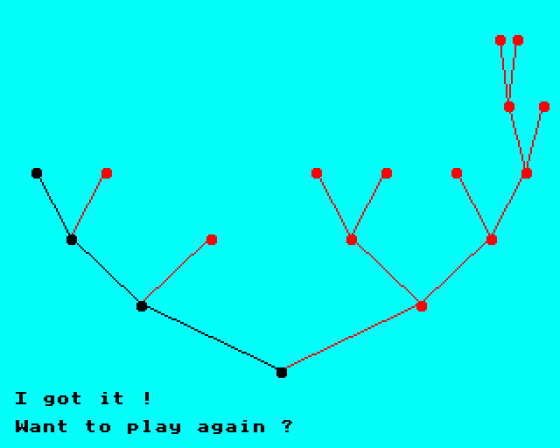
The advanced graphics content of the chapter thus designated consist mainly of exercises in colour switching. The most sophisticated of these turned out to be the old favourite of spherical motion. Some rather colourful planets don't make the point as effectively as they might. The wireframe house is fun to play with, homing in, rotating and removing hidden lines. The utilities are standard except for Titles, which is the caption generator used in the television series. When it's finished you sit for a while waiting for the farming programme to come on.
The most impressive section of this guide to computing is the last, a selection of simulations, graphically (and aurally) demonstrating various operations which the home computer carries out every time you switch on, but which remain a complete mystery to more micro owners. Numbered among these are cassette loading and saving (how the information is stored and retrieved) and analogue to digital conversion; this latter should suggest that the book is geared towards the BBC Micro and that is indeed so. Lucky Beeb owners to have the benefit of a large Corporation behind them.
Making The Most Of The Micro is an excellent package, attractively put together and a useful product, especially for those new to the computing game.

